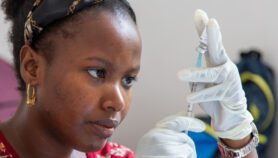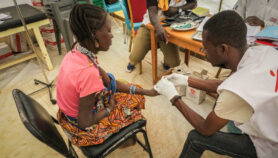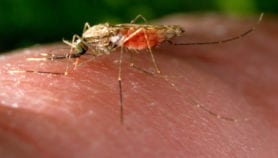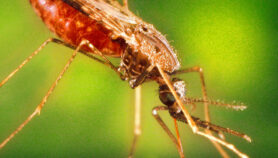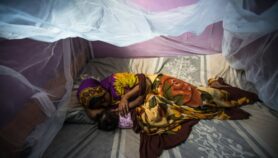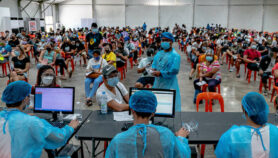12/12/22
Renewed malaria push needed after COVID-19 setback
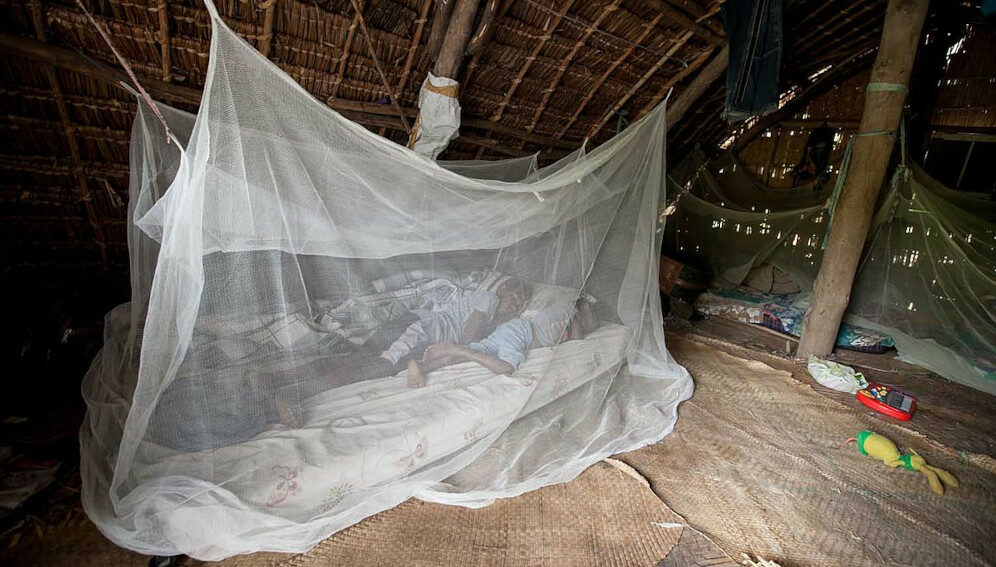
By: Syriacus Buguzi
Send to a friend
The details you provide on this page will not be used to send unsolicited email, and will not be sold to a 3rd party. See privacy policy.
[DAR ES SALAAM] New approaches are need to tackle malaria after disruption caused by COVID-19 led to an additional 13 million infections and 63,000 deaths from the mosquito-borne disease, say global health leaders.
The World Malaria Report released by the World Health Organization (WHO) on Thursday (8 December) indicates that yearly malaria cases rose—albeit at a slow pace—from 245 million in 2020 to 247 million in 2021 during the pandemic, further affecting prevention, testing and treatment of the disease. In 2019, before COVID-19 emerged, malaria cases stood at 232 million.
“We were off track before the pandemic and the pandemic has now made things worse”
Abdisalan Noor, head of strategic information for response, WHO’s Global Malaria Programme
“The increase in 2020 was associated with disruption to services during the COVID-19 pandemic,” says the report, which shows that Africa still shoulders the heaviest burden of the disease, with 234 million cases (95 per cent) and 593,000 deaths (96 per cent) in 2021.
Matshidiso Moeti, WHO regional director for Africa, said: “New tools—and the funding to deploy these—are urgently needed to help us defeat malaria.”
As the coronavirus swept across the globe, campaigns to distribute insecticide-treated mosquito nets (ITNs) were completely halted in seven countries—Botswana, the Central African Republic, Chad, Haiti, India, Pakistan and Sierra Leone, says the report.
“But about three quarters of the ITNs planned through mass campaigns were distributed despite the significant challenges that the countries were facing,” says Abdisalan Noor, head of strategic information for response at the WHO’s Global Malaria Programme.
Noor highlighted response efforts that were strained by COVID-19 amid additional challenges such as humanitarian crises, restricted funding, drugs and insecticide resistance, the invasion of an urban-dwelling mosquito in Africa and the declining effectiveness of ITNs.
“We were off track before the pandemic and the pandemic has now made things worse,” said Noor in Geneva during a media briefing on the WHO’s report.
The report stresses the need for increased funding, strengthened health systems, and investment in new tools as part of the efforts to regain lost ground in the fight against malaria.
Funding for malaria increased to nearly $3.5 billion in 2021 compared to two previous years. However, it falls significantly short of meeting the $7.3 billion needed globally to keep the disease response on track, the report said.
Despite the rise in malaria funding during the COVID-19 outbreak, Corine Karema, interim chief executive officer of the RBM Partnership to End Malaria, told SciDev.Net that the pandemic imposed an economic burden due to necessary changes to the delivery of malaria control interventions, such as ITNs and a rise in the cost of commodities.
“For instance, for us to be able to remain compliant with the COVID-19 measures, we had to deliver ITNs to people instead of calling everyone in a campaign to give them nets at distribution points,’’ said Karema.
“This increased the cost of the malaria control interventions.”
James Tibenderana, chief executive of the Malaria Consortium, said: “To make a lasting impact in reducing malaria cases and deaths, more needs to be done to strengthen the quality and accessibility of primary healthcare, shifting focus from treating disease to preventing it, strengthening structures at all levels of the health system.”
Following the release of the report, the WHO is pinning hopes on promising developments, such as the first malaria vaccine, RTS,S which has been given to more than a million children so far and could become widely available next year.
Paschal Ringwald, acting interim director in the WHO’s Global Malaria Programme, says that “a robust research and development pipeline is poised to bring a new generation of tools that could help accelerate progress towards global targets”.
This piece was produced by SciDev.Net’s Global desk.






